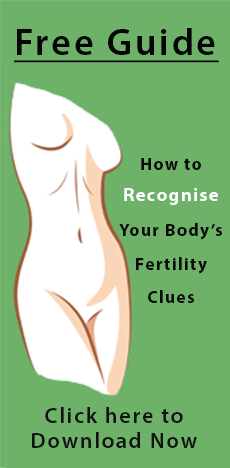The female libido or sex drive changes throughout the menstrual cycle as do many other aspects of life. For example, consider energy levels and emotions. Libido often peaks at mid cycle and premenstrually or just before bleeding, and the experience of these separate peaks is different.
Many women experience pre-menstrual / menstrual sex as rawer, more urgent and more primal which is not surprising considering our heightened intuitive and emotional states at this time. If we have been feeling disgruntled or irritable with our lot and those around us, sexual expression naturally takes on this aggressive edge. Moods aside, in their natural state female humans have an “inordinately high drive and orgasmic capacity”(1) at this time.
Through history and even now, there are many taboos around sexual expression before, during and just after menstruation. Menstruation which was once thought of and used as a power source for women and their cultures was debased as the world evolved into masculine rule. When it became important for men to know who their offspring were, it became important for female sexuality to be limited and controlled. With these taboos firmly in place, it is often a brave woman who dares explore her sexual nature menstrually.
Biological these sexual peaks, like many behaviours in the human body are thought to reflect the action of hormones. Not surprisingly there is still much that is unknown about hormones and female libido so it is difficult to conclusively evaluate what chemical does what and when.
Two of the hormones linked to female desire are testosterone and oestrogen. Testosterone is the sex hormone most often associated with men, aggressiveness, lust and masculinity. Women produce testosterone too, (in the ovaries and adrenal glands), albeit at much lower levels than men – women have about one tenth the volume of testosterone that men do.
Both oestrogen and testosterone levels peak at mid cycle They seem to combine interactively affecting the brain in different ways. Whilst testosterone may work to boost libido and energy, ensuring that the nipples and clitoris are sensitive to sexual pleasure, (whilst also maintaining muscle mass and strengthening bones) oestrogen’s “basic behavioural strategy is to hone the senses.”(2)
Oestrogen “pinches us and says, Pay attention. A number of studies have suggested that a woman’s vision and sense of smell are heightened at ovulation. So too do the senses shine at other times of high oestrogenicity, such as right before menstruation, when your progesterone levels have dropped way down and left oestrogen to act unopposed…”(2)
Men and women are different – whilst a woman may experience lust and desire, we are less likely (on the whole) to act indiscriminately. We tend to weigh up the sexual situation (using all our senses including our sixth sense) to determine the risks and benefits of sexual coupling – Is the potential suitor a good catch? Is it a safe time? Are there predators about? Are the children awake?. To put it coarsely we are less likely than men “to think with our sexual organs” and this could be due to the influence of oestrogen.
All this contributes to the difficulty in categorising female libido. Our sexuality is no longer tied to our fertility and we don’t just have sex to get pregnant. We can become aroused and desire sex at any time during our cycle – not just when we are fertile. Alternatively because we can think and are sensitive to our culture and those around us, our libido is also affected by outside factors – at times negatively.
So to sum up, many factors affect the female libido – biology, thoughts, culture and emotions to name a few.
References
(1) The nature and evolution of female sexuality by Mary Jane Sherfey
by Mary Jane Sherfey
(2) Woman: An Intimate Geography by Natalie Angiers page 201
by Natalie Angiers page 201

